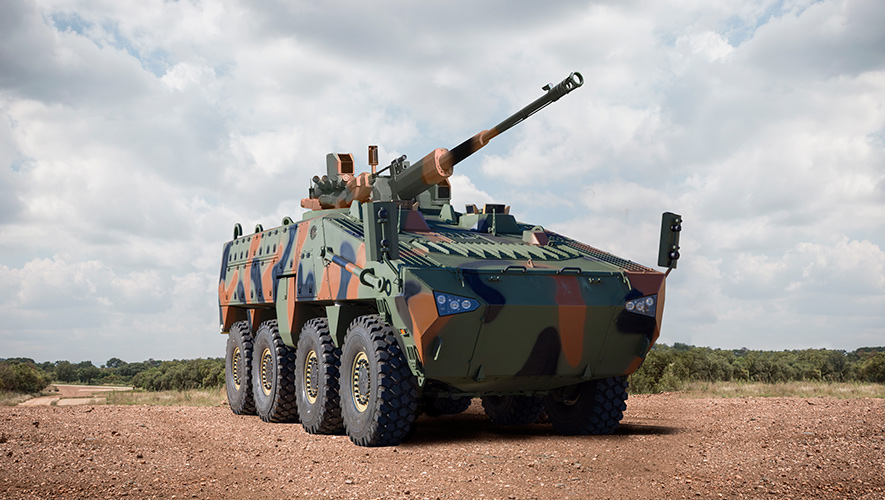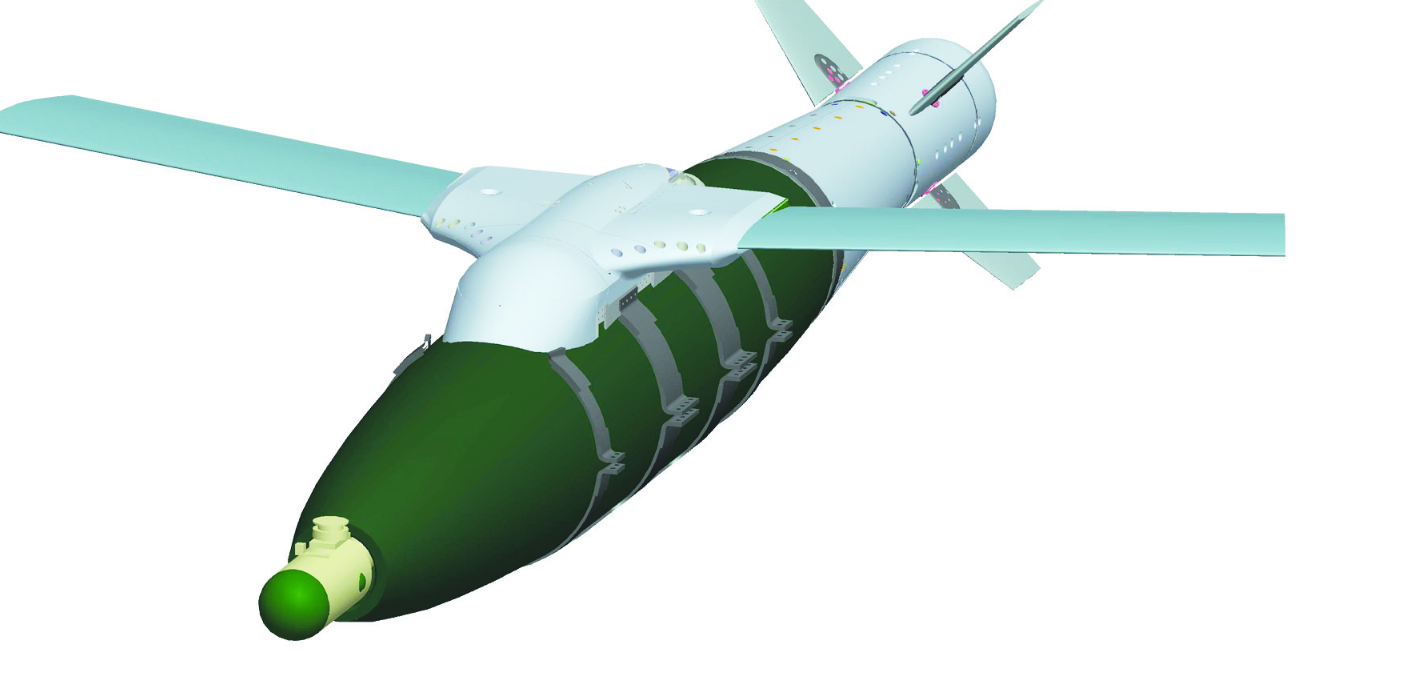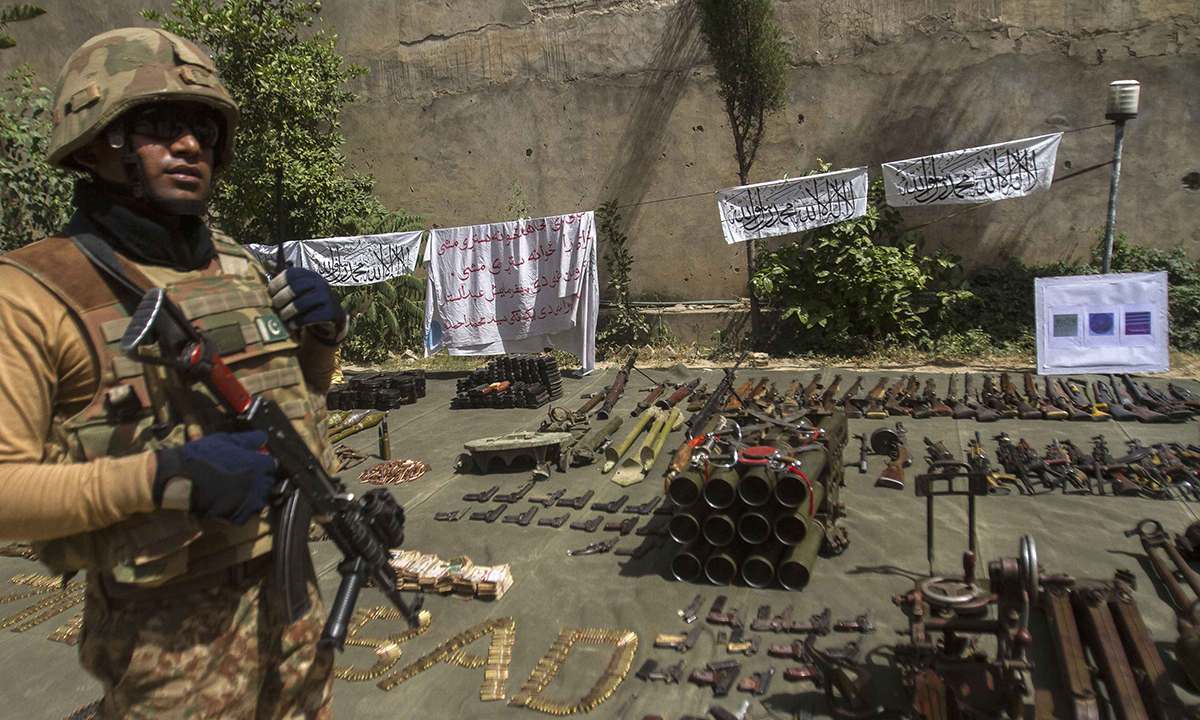2716Views 1Comment

This Week in Review: Understanding the African Defence Market
Every weekend, Quwa will close the week’s news with a review and analysis with the aim to tie together several topics into broader themes. It is an opportunity to reflect upon and discuss issues in a way where key trends are identified and individual news topics are connected into a “bigger picture.”
Understanding the African Defence Market
The 2016 African Aerospace and Defence (AAD) exhibition, which took place through last week in South Africa and is concluding this weekend, provided the bulk of last week’s defence news coverage on Quwa. Typically, Africa does not receive as much coverage, depth, or discussion as South Asia, the Middle East or Far East Asia. However, even in defence studies – be it in terms of the market or the continent’s many security issues – Africa is a complex and interesting area of study. Relative to the task, this article would barely – if at all – qualify as a primer, but it should at least help at building a general idea.
At the broadest level, it is important to segment the African market into at least two distinct areas: Sub-Saharan Africa and North Africa. North Africa is the leading procurer of conventional (or external security-focused) weapon systems, such as multi-role fighters, modern main battle tanks, or new generation naval equipment. Algeria, Egypt and – to a lesser extent – Morocco have been the principal importers in recent years; the U.S., Russia, France, Germany, Italy, and the U.K. have served as the leading exporters.
Based on the estimates made by the Stockholm International Peace Research Institution (SIPRI), Algeria, Egypt, Morocco, and Tunisia had collectively allocated close to $20 billion U.S. for defence expenditure in 2015, with Algeria accounting for approximately 50% of that amount. One could also argue that Egypt’s expenditure is understated, especially considering the content of its imports over the past two years. It would be difficult to believe that the procurement of Dassault Rafale multi-role fighters, a FREMM multi-mission frigate, four Gowind corvettes or light frigates, and two landing helicopter docks (LHDs) can come – especially in light of maintaining Egypt’s large standing military – on a $5 billion annual budget.
In contrast, the cumulative expenditure of more than 40 Sub-Saharan African countries in 2015 stood at close to $18 billion; South Africa ($3.4bn), Angola ($3.6bn), Nigeria ($2.07bn), and South Sudan ($1.3bn) accounted for more than $10 billion. This figure is understated as well. Sudan’s expenditures were not recorded by SIPRI, but one can reasonably assume that Sudan would have also been in the leading group. It is important to note that Angola had budgeted $6.8 billion in the previous year for defence spending.
In Sub-Saharan Africa, the central of defence expenditure is to manage internal security threats, such as counterinsurgency (COIN), as is the case in Nigeria, or to augment wider law-enforcement objectives. In addition, an increasing number of Sub-Saharan African countries are also engaged in U.N. peacekeeping operations, such as Ethiopia and Rwanda. However, when it comes to these powers, the need for complex multi-role fighter aircraft is far less of a priority in comparison to procuring and maintaining sizable fleets of light armoured vehicles or sufficient inventories of infantry equipment and small arms. It must also be noted that socio-economically supporting personnel, be it for the purpose of maintaining loyalty towards the ruling apparatus (as is the case in Angola), or to build professional military institutions, also constitutes a notable proportion of expenditure as well.
While the continent as a whole mostly imports its equipment from Russia, the West, or China, it is home to at least two major defence vendors: Denel Group and Paramount Group. These giants are based out of South Africa; Denel is a state-owned entity whereas Paramount Group is a private sector player. While Denel had engaged in a number of big-ticket programs for the South African armed forces in the 1980s, such as the Rooivalk attack helicopter or the Cheetah fighter program, the bulk of its product offerings today comprise of armoured vehicles, guided munitions, small arms, and artillery systems. On the other hand, Paramount Group is largely driven by its assortment of armoured vehicles.
The South African defence industry’s focus on armoured vehicles and small arms is not surprising, its core market – i.e. Sub-Saharan Africa – is mostly focused on procuring such systems. However, competition from overseas defence giants, such as NORINCO in China, does serve to dampen Denel and Paramount’s respective capacities to access key markets in the region. Moreover, insufficient domestic demand in South Africa requires these vendors to pursue prospective launch customers in more distant markets, most notably the Middle East and increasingly Central Asia. Denel Group has already engaged in a number of partnerships with Tawazun Precision Industries in the United Arab Emirates, a multi-industry entity that is not only the recipient of numerous commercial offset agreements between Denel and the UAE armed forces but also Denel’s co-production partner for third party markets.
Other areas, such as aerospace and naval systems, African competitors are largely non-players (though Denel Aviation can be an intermediary or indirect competitor via its partners, namely Saab, BAE, etc). This realm is contested by Western, Russian, and – increasingly – Chinese vendors. In Sub-Saharan Africa, many of the most recent combat aircraft acquisitions came as a result of China, which has sold a combat variant of the L-15 lead-in fighter-trainer to Zambia and is poised to secure a JF-17 sale (along with Pakistan) to Nigeria. However, Angola, Burkina Faso, Ghana, Mali, Mauritania and Senegal are EMB-314/A-29 Super Tucano buyers, and Nigeria may potentially join them as well should the U.S. approve its request to buy the platform. In effect, low-cost solutions have formed the bulk of recent combat aircraft acquisitions.
However, the lucrative North African market is still kind to traditional weapons suppliers, including the U.S. (which has made gains in Morocco and maintains a presence in Egypt). Russia, Italy and Germany are Algeria’s core suppliers, especially in aviation and naval systems. That said, China successfully secured and completed a corvette sale to the Algerian Navy.
Long-term, traditional Western and Russian suppliers may face increased competition from China, which will continue to bank on high-value exports – especially defence goods – as a means of economic growth and sustenance. Comparatively more affordable systems, open configuration or customizable solutions, willingness to release technology that the U.S. or Western Europe may not offer (e.g. armed drones) and provision of financing mechanisms will be key advantages for Beijing.
On the other hand, the U.S., Britain, France, Italy, Germany, and Russia maintain relatively strong relationships in a number of the key markets, especially in North Africa. These relationships comprise of longstanding political ties and close communication and collaboration between militaries. Moreover, familiarity with traditional suppliers as well as an increasing willingness on the part of vendors such as Leonardo Group to provide commercial offsets and technology transfer (albeit to varying degrees) could serve as a strong competitive obstacle for China.



1 Comment
by SP
India has better relations and trade with many countries in Africa. Africa is a resource rich continent and many countries there have fairly good economies with a lot of potential for growth. The defence expenditure of Africa should increase with passage of time. Pakistan needs to make inroads into the market. POF in particular should be wellplaced to get opening which can then be built upon by by HIT or PAC.